What is Arad’s Culture? Understanding Its Unique Identity
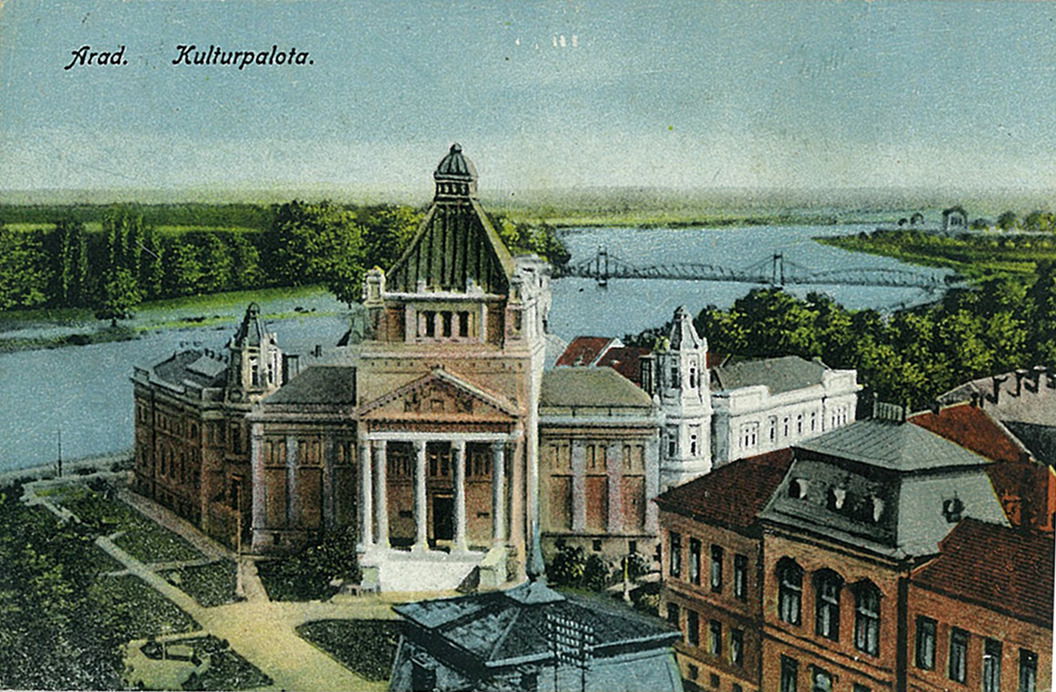
Arad sits at the crossroads of Central and Eastern Europe, where layers of history and culture overlap in surprising ways. Most people hear about Arad’s multicultural past and imagine faded remnants or static traditions tucked away in old buildings. But the real surprise is this: over 30 percent of Arad’s population belongs to ethnic minorities, with vibrant Romanian, Hungarian, German, Serbian, and Jewish communities still shaping daily life and festivals today. This ongoing blend of cultures turns Arad into a living showcase of shared traditions and new possibilities.
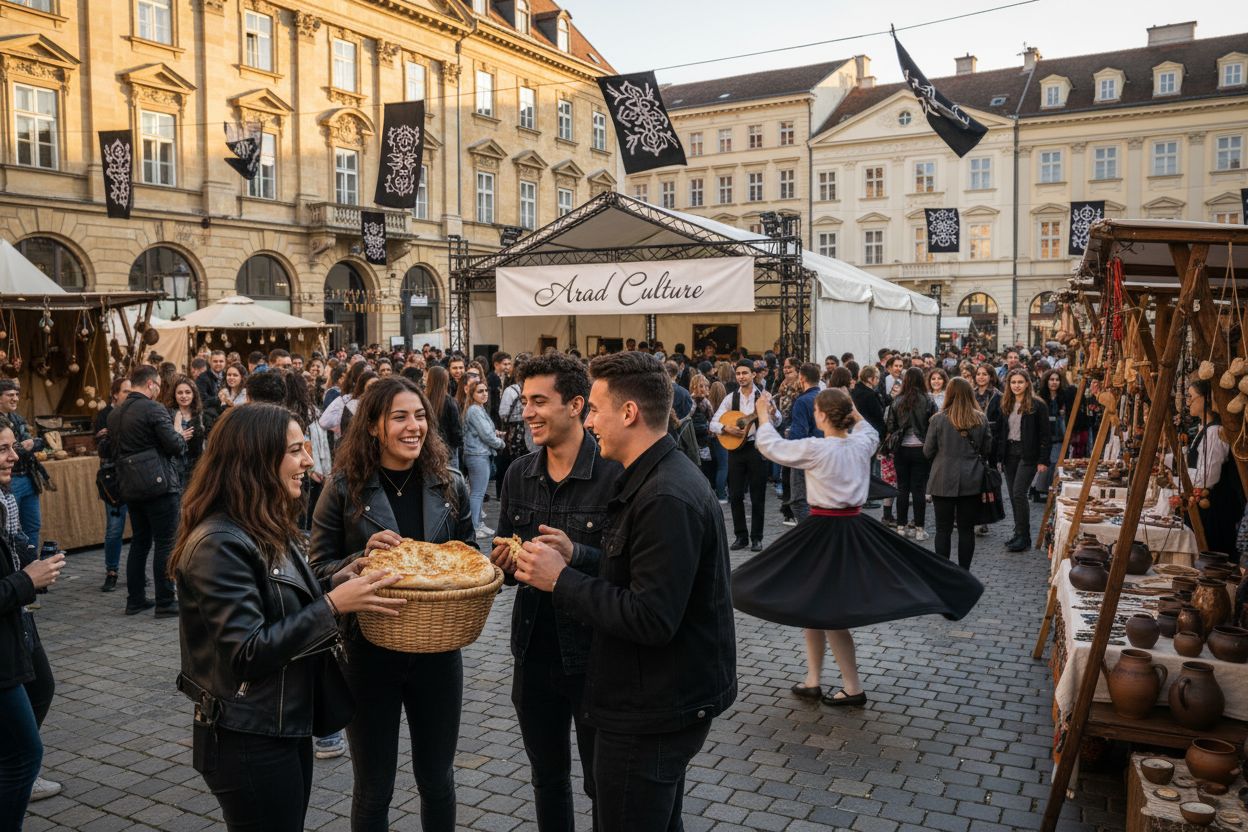
Table of Contents
- The Historical Roots Of Arad's Culture
- Multicultural Heritage And Territorial Transitions
- Ethnic And Cultural Diversity
- Key Traditions And Customs In Arad
- Seasonal Celebrations And Festivals
- Family And Social Customs
- The Influence Of Art And Literature In Arad
- Literary Traditions And Intellectual Movements
- Visual Arts And Cultural Institutions
- Culinary Delights: Food Culture In Arad
- Multicultural Culinary Influences
- Traditional Dishes And Local Specialties
- Modern Developments And Cultural Events In Arad
- Contemporary Cultural Platforms
- Urban Renewal And Cultural Infrastructure
Quick Summary
| Takeaway | Explanation |
|---|---|
| Arad's culture is deeply multicultural. | The city has a rich cultural tapestry shaped by diverse historical influences, enhancing its unique identity. |
| Festivals celebrate ethnic diversity. | Arad hosts various cultural events that highlight the traditions of its different ethnic groups, fostering community unity. |
| Art and literature reflect cultural blending. | The city's literary and visual arts showcase contributions from multiple ethnic backgrounds, creating a vibrant cultural scene. |
| Food culture illustrates historical influences. | Arad's cuisine combines elements from various ethnic backgrounds, demonstrating its rich culinary heritage and fostering cultural connection. |
| Modern initiatives promote cultural sustainability. | Contemporary projects in Arad aim to blend historical preservation with innovative cultural platforms, enriching community interactions. |
The Historical Roots of Arad's Culture
Arad's cultural landscape emerges from a complex historical tapestry that reflects centuries of multicultural interactions and geopolitical transformations. Situated at the crossroads of Central and Eastern Europe, the city embodies a unique blend of historical influences that have shaped its distinctive identity. Understanding Arad's rich historical background reveals a narrative of resilience, adaptation, and cultural synthesis.
Multicultural Heritage and Territorial Transitions
The historical foundations of Arad's culture are deeply rooted in its strategic geographical location. Throughout different historical periods, the region experienced successive rulerships that contributed to its diverse cultural fabric. From the Hungarian Kingdom in the medieval era to the Austrian Habsburg Empire and later Ottoman influences, each period left an indelible mark on the city's social, architectural, and cultural landscape.
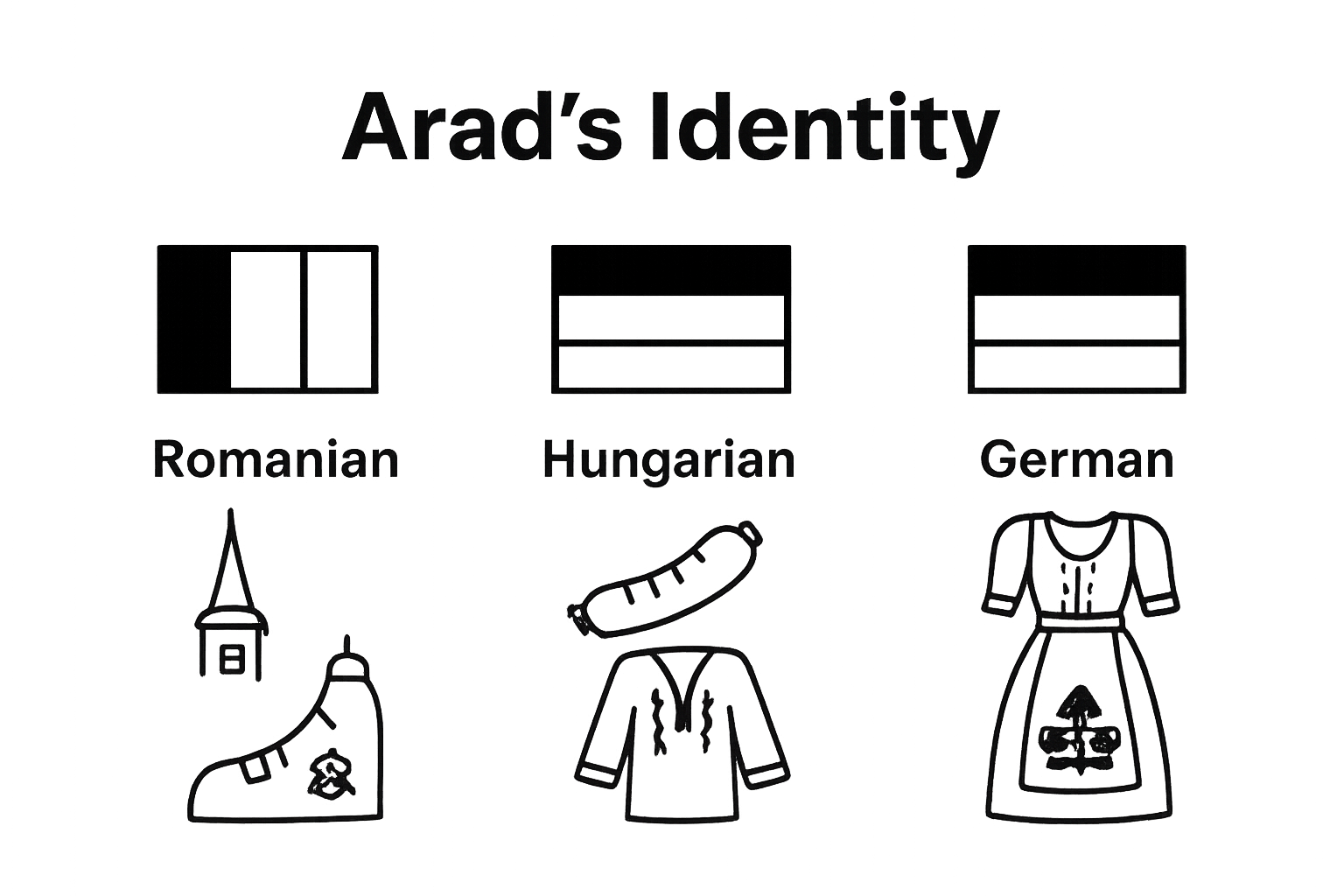
Key historical transitions that significantly impacted Arad's cultural development include:
- The medieval Hungarian period, which established early administrative structures
- The Habsburg imperial era, introducing Western European administrative and cultural practices
- The Ottoman occupation, which brought unique architectural and cultural elements
- The Romanian national period, which integrated regional identities
Ethnic and Cultural Diversity
Arad's cultural identity is characterized by its remarkable ethnic diversity. Transylvania's historical context played a crucial role in shaping this multicultural environment. Romanian, Hungarian, German, Serbian, and Jewish communities coexisted and interacted, creating a rich, complex social ecosystem that fostered cultural exchange and mutual understanding.This ethnic diversity is not merely a historical footnote but a living, breathing aspect of Arad's contemporary culture. The city continues to celebrate its multicultural heritage through various cultural events, preservation of historical sites, and ongoing dialogue between different ethnic groups.To clearly compare how different historical periods have shaped Arad's culture, the following table outlines each era and its main influences on the city.
| Historical Period | Main Influence on Arad |
|---|---|
| Medieval Hungarian Period | Early administrative structures |
| Habsburg Imperial Era | Western European practices introduced |
| Ottoman Occupation | Unique architectural and cultural elements |
| Romanian National Period | Integration of regional identities |
The historical roots of Arad's culture represent more than a chronological sequence of events. They symbolize a profound narrative of human interaction, resilience, and the continuous transformation of cultural identities in a dynamic geographical region.
Key Traditions and Customs in Arad
Arad's traditions and customs represent a vibrant mosaic of cultural practices that reflect the city's rich multicultural heritage. These traditions are not static relics but living expressions of community identity, passed down through generations and continuously evolving. Understanding Arad's hospitality culture provides insight into the unique social fabric that defines the region.
Seasonal Celebrations and Festivals
Traditional celebrations in Arad are deeply connected to agricultural cycles, religious practices, and historical commemorations. These events serve as powerful social mechanisms that reinforce community bonds and preserve cultural memory. Local festivals showcase the diversity of Arad's cultural landscape, featuring performances, traditional cuisine, and artistic displays that represent the various ethnic groups inhabiting the region.Key cultural celebrations include:
- The Winter Solstice Festival, blending pre-Christian and Christian traditions
- Romanian National Day celebrations on December 1st
- Local harvest festivals that honor agricultural heritage
- Multicultural music and dance events highlighting ethnic diversity
Family and Social Customs
Family structures and social interactions in Arad are characterized by a profound sense of hospitality and respect for community traditions. Meals are significant social events where multiple generations gather, sharing stories and maintaining familial connections. Traditional customs surrounding life events such as weddings, births, and religious ceremonies remain important markers of cultural identity.Hospitality is considered a cornerstone of social interaction, with guests traditionally welcomed with homemade bread, local wines, and elaborate meals that reflect the region's culinary heritage.
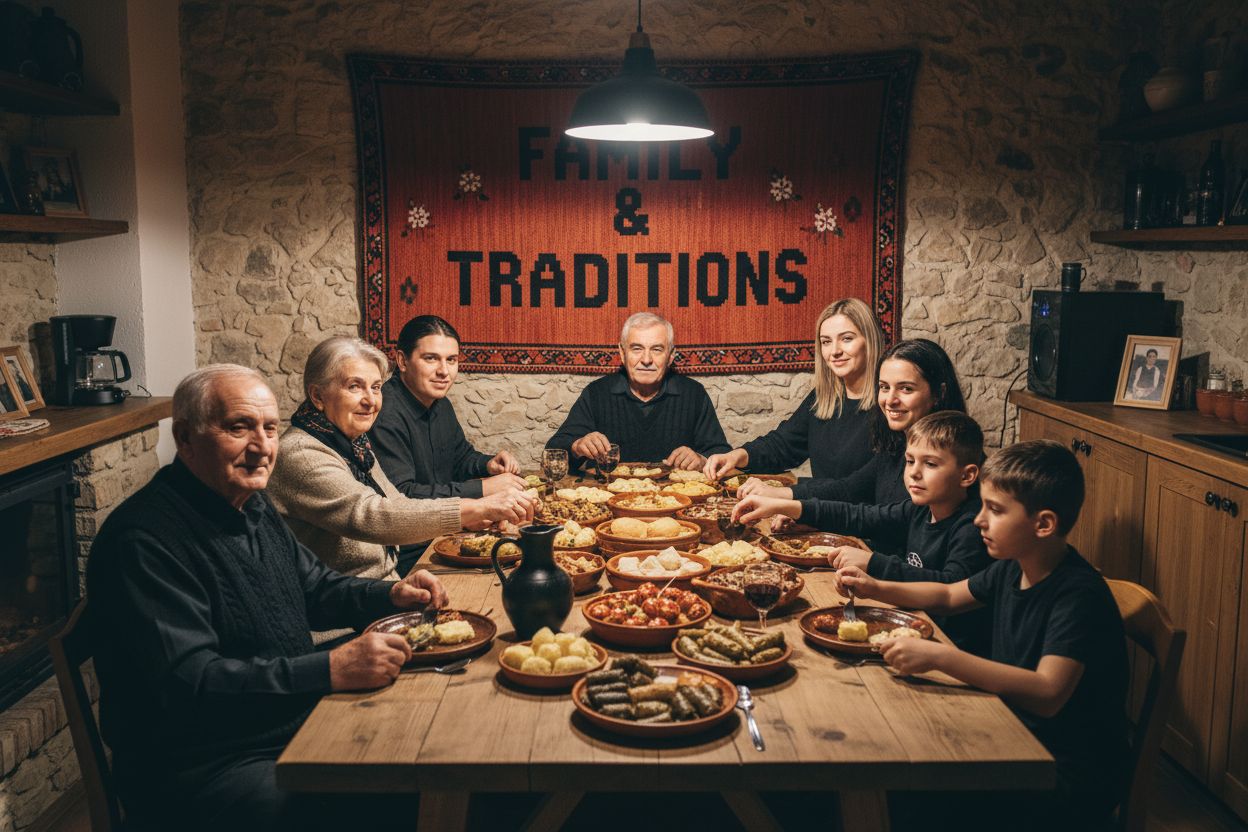
This practice extends beyond immediate family circles, embodying a broader cultural value of openness and mutual respect.The traditions of Arad are not merely historical artifacts but living, breathing expressions of a community that has consistently adapted while maintaining its core cultural values. These customs represent a dynamic dialogue between historical legacy and contemporary life, continuing to shape the city's unique cultural identity.
The Influence of Art and Literature in Arad
Arad's artistic and literary landscape represents a profound expression of the city's multicultural heritage, embodying a rich intellectual tradition that transcends geographical and ethnic boundaries. Exploring Arad's must-visit art galleries reveals the depth and complexity of the city's creative spirit, which has been shaped by generations of artists, writers, and cultural innovators.
Literary Traditions and Intellectual Movements
The literary heritage of Arad is characterized by a dynamic interplay of languages and cultural perspectives. Writers from Romanian, Hungarian, German, and other ethnic backgrounds have contributed to a vibrant literary ecosystem that reflects the city's diverse cultural identity. Local literary circles and publishing initiatives have historically provided platforms for cross-cultural dialogue and artistic expression.Significant literary contributions include:
- Multilingual poetry and prose that explore regional identity
- Historical narratives documenting the city's complex social transformations
- Works that bridge cultural and linguistic boundaries
- Contemporary literature exploring themes of migration, memory, and belonging
Visual Arts and Cultural Institutions
Arad's visual arts scene is remarkably dynamic, with numerous galleries, museums, and cultural institutions that preserve and promote artistic heritage. These spaces not only showcase local talent but also serve as critical platforms for intercultural understanding and artistic innovation. The city's museums and galleries document the region's rich artistic traditions while providing contemporary artists with opportunities for creative expression.The artistic landscape is characterized by a unique blend of traditional and modern approaches, reflecting the city's ongoing cultural evolution. Local artists draw inspiration from the region's multicultural history, creating works that challenge conventional narratives and explore complex social dynamics.The artistic and literary traditions of Arad represent more than mere cultural artifacts. They are living, breathing expressions of a community's collective imagination, continuously reinterpreting historical experiences and envisioning new possibilities for cultural understanding and creative dialogue.
Culinary Delights: Food Culture in Arad
The culinary landscape of Arad represents a vibrant intersection of cultural traditions, reflecting the city's rich multicultural heritage through its diverse and complex gastronomic practices. Exploring Arad's annual culinary events reveals the profound connection between food, community, and cultural identity in this unique region.
Multicultural Culinary Influences
Arad's food culture emerges from a complex blend of Romanian, Hungarian, German, Serbian, and Jewish culinary traditions. Each ethnic group has contributed distinctive ingredients, cooking techniques, and flavor profiles that have gradually merged into a unique regional cuisine. The historical migrations and cultural exchanges have transformed local cooking into a dynamic and adaptive culinary tradition that celebrates diversity through food.Key culinary characteristics include:
- Hearty meat-based dishes reflecting agricultural traditions
- Complex pastry and bread-making techniques from multiple cultural backgrounds
- Preservation methods that showcase seasonal food preparation
- Fusion of ingredients and cooking styles from different ethnic groups
Traditional Dishes and Local Specialties
Traditional Arad cuisine is characterized by its rich, robust flavors and emphasis on locally sourced ingredients. Dishes often feature pork, beef, and game meats, complemented by seasonal vegetables and herbs. Signature preparations like sarmale (cabbage rolls), mici (grilled meat rolls), and various stews demonstrate the region's culinary complexity.Local wines and spirits play a significant role in the gastronomic experience, with vineyards in the surrounding regions producing distinctive varieties that complement the local cuisine. Homemade palinca (fruit brandy) and traditional wine-making techniques represent another layer of the area's rich culinary heritage.The food culture of Arad is more than a mere collection of recipes. It is a living, breathing expression of cultural memory, where each dish tells a story of migration, adaptation, and shared human experience. Through its culinary traditions, Arad continues to celebrate its multicultural identity, inviting both locals and visitors to experience a rich, flavorful narrative of cultural interconnectedness.
Modern Developments and Cultural Events in Arad
Arad's contemporary cultural landscape represents a dynamic fusion of historical legacy and innovative spirit, continuously evolving to reflect the city's multicultural identity and forward-thinking approach. Understanding Arad's significance in the modern era reveals a city committed to cultural preservation and progressive development.
Contemporary Cultural Platforms
Modern Arad has emerged as a significant cultural hub, creating platforms that celebrate diversity and artistic innovation.Cultural institutions, universities, and independent organizations collaborate to develop events and initiatives that bridge traditional heritage with contemporary expressions. These platforms serve not just as entertainment venues but as critical spaces for intercultural dialogue, social engagement, and creative exploration.Key contemporary cultural initiatives include:
- Multilingual arts festivals promoting regional diversity
- Digital cultural exchange programs
- Contemporary art exhibitions exploring social themes
- Interdisciplinary performance events challenging traditional artistic boundaries
Urban Renewal and Cultural Infrastructure
Recent urban development projects in Arad have strategically integrated cultural spaces that reflect the city's commitment to preserving historical architecture while creating modern, accessible cultural environments. Restored historical buildings now house museums, galleries, performance venues, and creative studios, transforming urban spaces into dynamic cultural ecosystems.These developments represent more than architectural transformations. They symbolize Arad's approach to cultural sustainability, where historical preservation and contemporary innovation coexist harmoniously.This table summarizes the key ethnic communities in Arad and their ongoing contributions to the city’s multicultural identity.
| Ethnic Group | Estimated Proportion of Population | Cultural Contributions |
|---|---|---|
| Romanian | Majority | National festivals, language, cuisine |
| Hungarian | Significant Minority | Traditions, bilingual education, literature |
| German | Notable Minority | Architecture, local customs, gastronomy |
| Serbian | Smaller Community | Religious practices, cultural festivals |
| Jewish | Smaller Community | Heritage sites, culinary influence, arts |
| Public spaces are redesigned to encourage community interaction, artistic expression, and cross-cultural understanding. |
The modern cultural developments of Arad demonstrate a profound understanding of cultural identity as a living, breathing concept. These initiatives are not just events or spaces, but powerful narratives of collective imagination, continuously reinterpreting the city's rich multicultural heritage for new generations.
Discover Arad's Unique Spirit — Turn Insight Into Experience
Are you fascinated by the way Arad’s culture comes alive through its colorful history, diverse traditions, and evolving modern identity? Many readers finish this article wanting more than just facts. They want to feel the atmosphere, taste the food, and see the multicultural layers for themselves. Unfortunately, it can be hard to find trustworthy resources or detailed local guides that help you go beyond surface-level information. At Arad.zone, you can dive deeper into the multicultural wonders and living traditions described here.
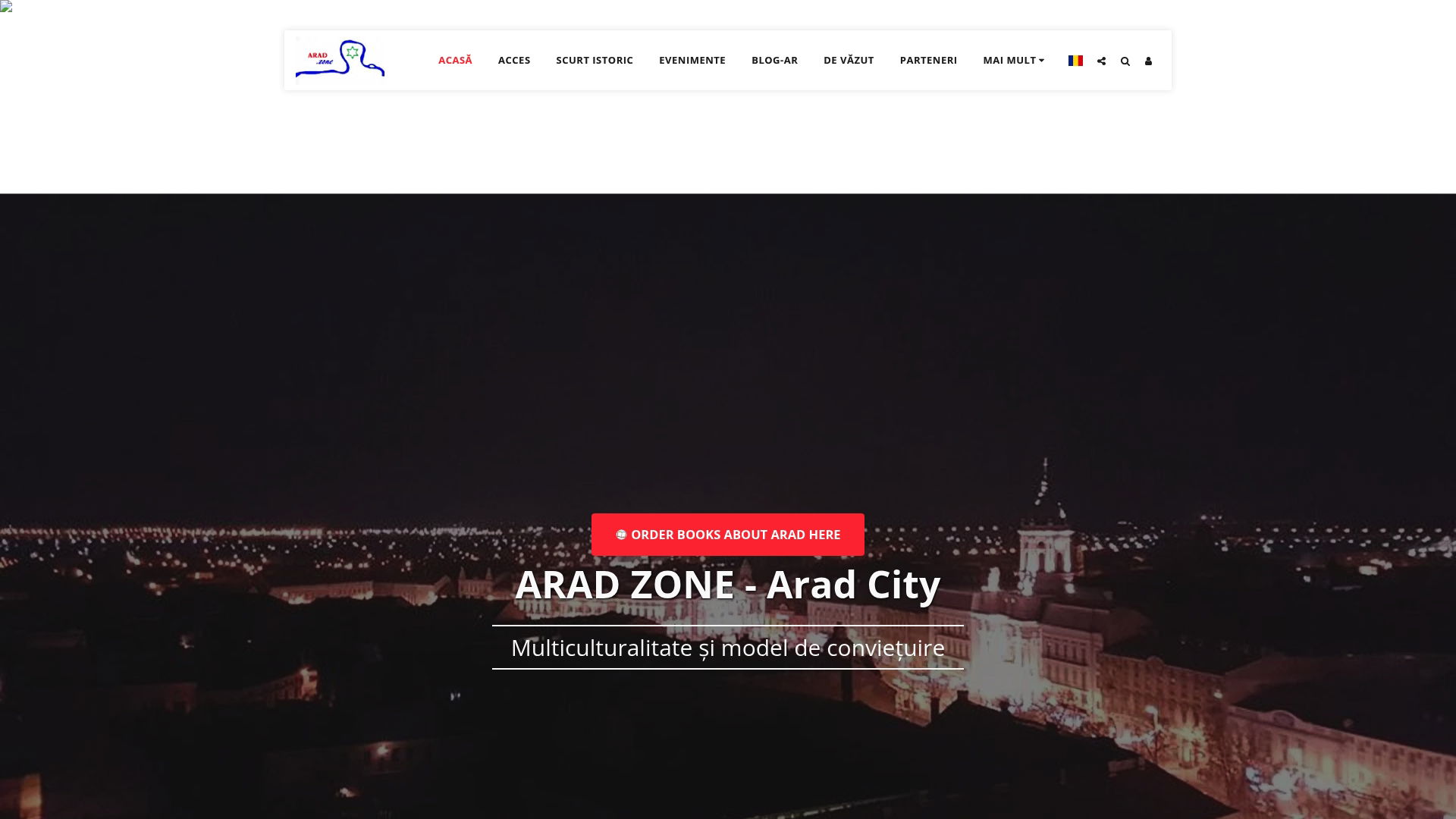
Explore original blogs, event highlights, and exclusive books that make Arad’s rich history and authentic food scene accessible to every curious traveler. Don’t just read about Arad’s vibrant art and hospitality — let us help you turn curiosity into unforgettable memories. Visit Arad.zone to start planning your journey today or check out our special feature on Arad’s annual culinary events to fully experience the city’s flavor and warmth. Act now — the real Arad is waiting to welcome you.
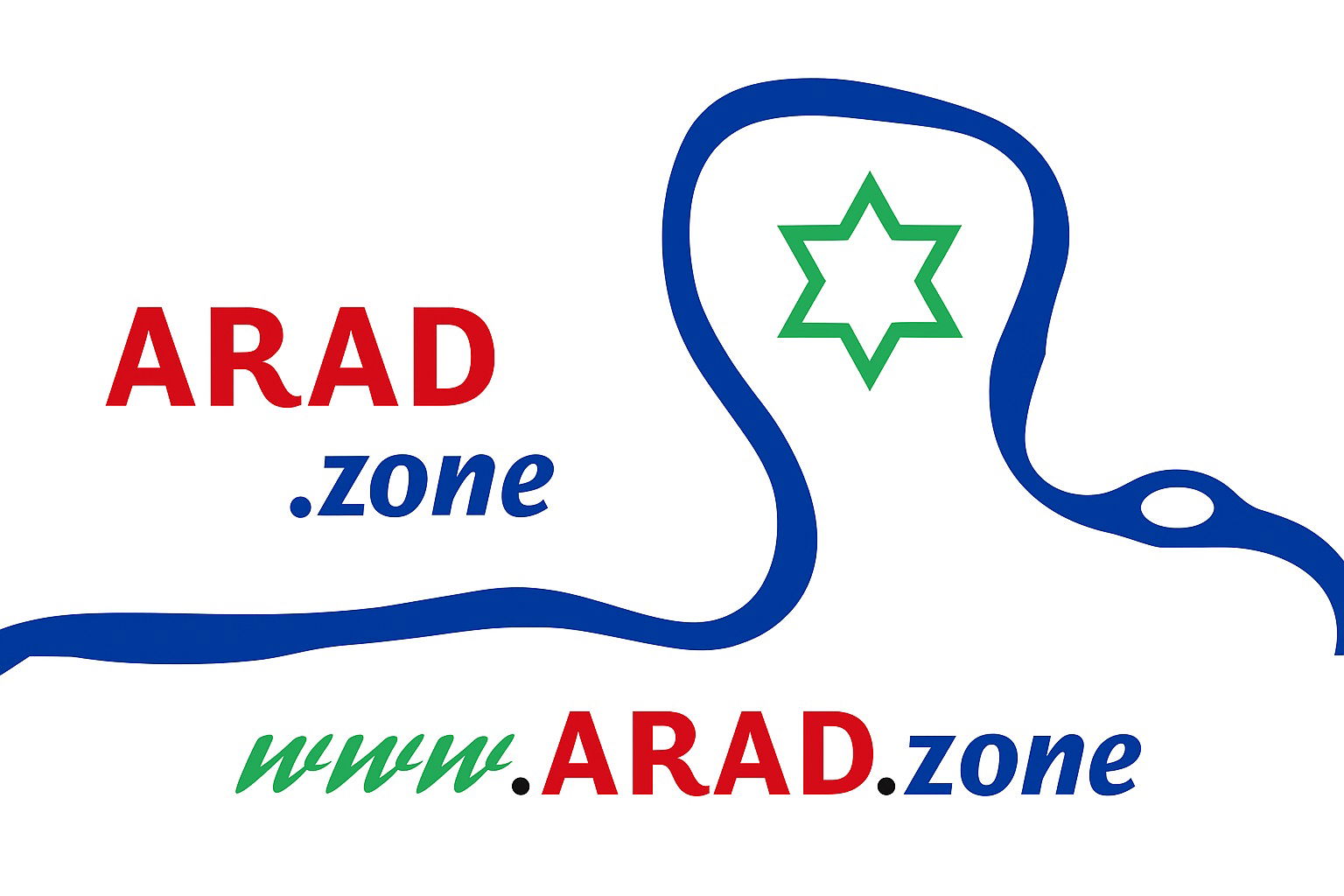
Frequently Asked Questions
What influences Arad's cultural identity?
Arad's cultural identity is influenced by its historical geographical location, which has experienced various rulerships, including the Hungarian Kingdom, the Austrian Habsburg Empire, and Ottoman influences, each contributing to its diverse cultural fabric.
How do local traditions and customs reflect the community in Arad?
Local traditions and customs in Arad reflect a vibrant community identity, with seasonal celebrations, family gatherings, and hospitality practices that emphasize the importance of community connections and cultural heritage.
What role does art and literature play in Arad's culture?
Art and literature play a significant role in expressing Arad's multicultural heritage, featuring contributions from various ethnic backgrounds. They serve as platforms for cross-cultural dialogue and explore themes relevant to the city's social dynamics and historical experiences.
How does Arad preserve its culinary traditions?
Arad preserves its culinary traditions through a blend of Romanian, Hungarian, German, Serbian, and Jewish influences, resulting in a rich gastronomic culture characterized by locally sourced ingredients and traditional cooking methods that reflect the region's multicultural identity.
Recommended
- Understanding What is Arad Hospitality Culture
- Understanding Arad City Branding Explained
- Understanding Why Arad Matters in 2025
- The short history of a famous family of industrialists from the Austro-Hungarian Empire and Romania
- Discover Arad: a Hidden Gem of Central Europe
- ARAD SUCCESS STORIES
- PALACE ON ZRINYI STREET
- Arad goes forward!
- True stories from Arad
- Arad Stories.2